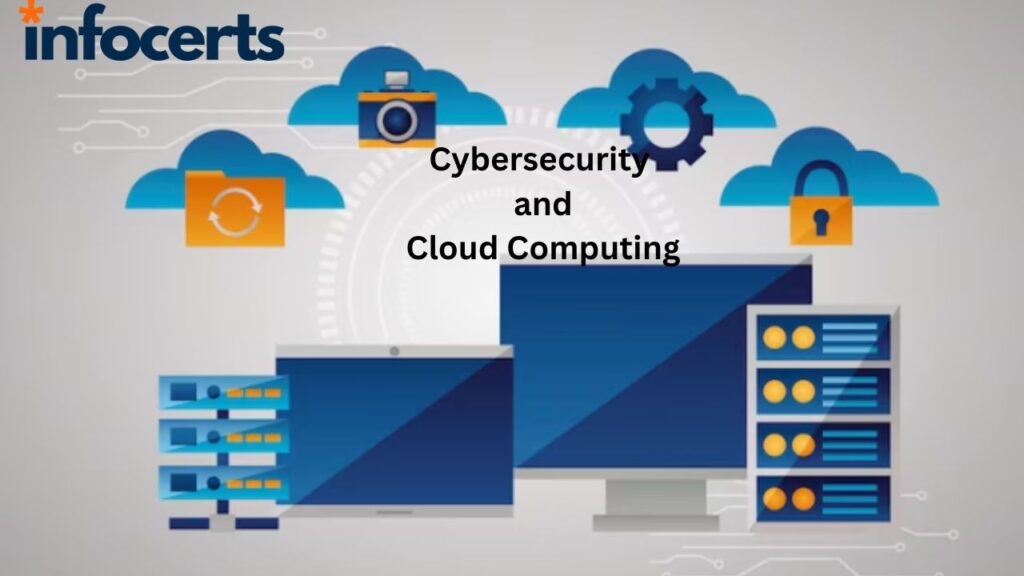INTRODUCTION:
The cloud offers unparalleled flexibility, scalability, and cost-effectiveness, enabling organizations to streamline operations and boost productivity. However, with this technological leap comes the pressing need to address security challenges that accompany the migration of critical data and applications to the cloud.
- Data Encryption: Encrypting sensitive data before transmitting it to the cloud ensures that even if unauthorized parties gain access to the data, they cannot decipher its contents. Encryption mitigates the risk of data breaches and safeguards confidentiality.
- Identity and Access Management : Implementing robust IAM protocols is vital to control access to cloud resources. Multi-factor authentication, role-based access control, and continuous monitoring help prevent unauthorized access and bolster cloud security.
- Regular Auditing and Monitoring: Constantly monitoring cloud environments and conducting periodic security audits allow organizations to detect anomalies promptly. This enables swift action in response to potential threats, reducing the damage caused by cyberattacks.
- Secure APIs: Application Programming Interfaces (APIs) facilitate seamless communication between different cloud services. Ensuring the security of APIs prevents attackers from exploiting vulnerabilities to access sensitive information.
- Data Backup and Recovery: Employing robust backup and recovery solutions in the cloud safeguards against data loss due to cyber incidents or system failures. Regularly backing up data enhances business continuity and resilience.
- Cloud Provider Assessment: Before choosing a cloud service provider, organizations must conduct thorough assessments of their security measures and certifications to ensure they meet industry standards and compliance requirements.
- Employee Training and Awareness: Human error remains a significant threat to cloud security. Regular Cybersecurity training and awareness programs empower employees to recognize potential threats and adhere to best practices.
- Incident Response Planning: Developing a comprehensive incident response plan allows organizations to respond quickly and effectively to cyber incidents, minimizing the impact and ensuring a swift return to normalcy.
- Encryption Key Management: Effective management of encryption keys is vital for maintaining control over sensitive data. Organizations should employ robust key management practices to prevent unauthorized access.
- Compliance with Regulations: Cloud security should align with relevant data protection and privacy regulations, such as GDPR, HIPAA, or CCPA, depending on the organization’s geographical location.
| Section | Content |
| Introduction | The significance of cybersecurity and cloud computing |
| Data Encryption | Protecting data through robust encryption |
| Identity and Access Management (IAM) | Controlling access to cloud resources |
| Regular Auditing and Monitoring | Detecting anomalies and responding to threats |
| Secure APIs | Ensuring API security to prevent unauthorized access |
| Data Backup and Recovery | Safeguarding against data loss and ensuring business continuity |
| Cloud Provider Assessment | Evaluating the security measures of cloud service providers |
| Employee Training and Awareness | Empowering employees to recognize and prevent threats |
| Incident Response Planning | Preparing for and responding to cyber incidents |
| Encryption Key Management | Managing encryption keys for data security |
| Compliance with Regulations | Ensuring cloud security aligns with data protection laws |
Conclusion:
The integration of cybersecurity principles with cloud computing is essential for creating a secure and resilient digital landscape. By adopting a proactive approach to cloud security and implementing robust measures, organizations can fully harness the potential of the cloud while safeguarding their most valuable assets from the ever-evolving threat landscape.
FaQs:
- What is the significance of cybersecurity in the context of cloud computing?
- How does data encryption protect sensitive information in the cloud?
- What is Identity and Access Management (IAM), and how does it enhance cloud security?
- Why is regular auditing and monitoring crucial for cloud environments?
- How do secure APIs contribute to preventing unauthorized access to cloud resources?
——————————————————————————————————————–
Infocerts, 5B 306 Riverside Greens, Panvel, Raigad 410206 Maharashtra, India
Contact us – https://www.infocerts.com

